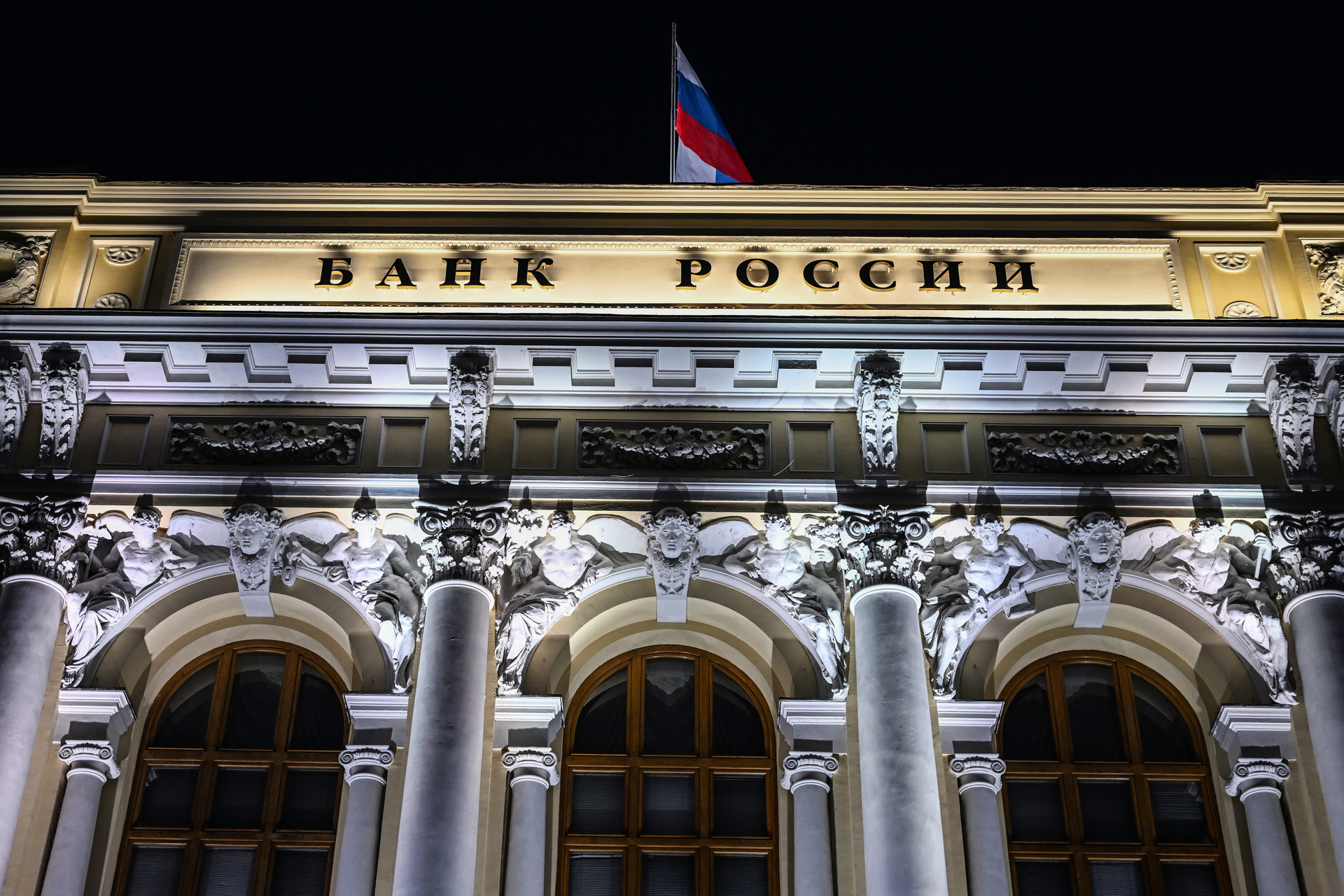On Monday, April 11, the Russian currency is getting cheaper on the Moscow Exchange.
At the beginning of trading, the dollar rose by 7.9% to 82.1 rubles, and the euro by 7.3% to 88.8 rubles.
In the middle of the day, the values decreased slightly - to 78 and 85 rubles, respectively, but still remained above the closing level of the previous trading.
Certain pressure on the ruble was exerted by the decision of the Central Bank to soften some of the previously introduced restrictions on the financial market.
This was told to RT by the director of the analytical department of Veles Capital Ivan Manaenko.
Since April 11, the Central Bank has canceled the commission of 12% for the purchase of foreign currency on the stock exchange through brokers.
“Against the background of zeroing the commission, the number of speculative purchases increased, which led to a slight depreciation of the ruble.
In addition, some market participants could take advantage of the relief and buy foreign currency to fulfill their debt obligations.
However, we will not see further weakening of the ruble due to these factors,” Ivan Manaenko believes.
The Central Bank also softened the temporary procedure for cash transactions.
Now citizens who had currency accounts or deposits opened before March 9, 2022 will be able to receive both dollars and euros in banknotes.
Previously, banks could issue currency only in US dollars, regardless of the currency of the account itself.
At the same time, the limit on the withdrawal of foreign currency from bank accounts is still preserved.
Until September 9, customers can receive a currency equivalent of no more than $10,000, and the rest of the funds in rubles.
In addition, from April 18, Russians will again be able to buy cash dollars and euros in banks.
However, the credit institutions themselves will be able to sell to the public only the currency that has entered bank cash desks since April 9.
“This easing is also unlikely to seriously hit the ruble.
Those who wanted to buy dollars and euros have mostly already done so.
Moreover, in connection with the sanctions, banks now do not have much cash currency.
When the Russians see this, they can start buying currency in a non-cash format on the stock exchange.
Nevertheless, the volume of purchases will no longer be as large as it was in late February and early March, since the panic has passed,” Ivan Manaenko explained.
RIA News
© Ramil Sitdikov
According to experts, the Central Bank decided to ease some restrictions due to the sharp strengthening of the national currency over the past few weeks.
Recall that back in the first half of March, the dollar and euro rates on the Moscow Exchange for the first time rose above 121 rubles and 132 rubles, respectively.
This is how the market reacted to the sanctions imposed by the West against Russia because of the military special operation in Ukraine.
To stabilize the situation in March, the Central Bank and the government took a whole range of measures.
Thus, the authorities obliged exporters to sell 80% of their foreign exchange earnings and canceled VAT for citizens when buying gold.
Along with this, the Central Bank temporarily raised the key rate to 20% per annum, limited the withdrawal of capital abroad, closed access for foreigners to exchange trading, and introduced a temporary procedure for handling cash in the country.
As a result, the national currency began to rise sharply, and already at the auction on April 8, the dollar exchange rate for the first time since November 2021 fell to 71 rubles.
At the same time, the euro exchange rate decreased to almost 77 rubles - for the first time since June 2020.
Under the current conditions, the Central Bank is trying to balance the rates, says Andrey Maslov, an analyst at FG Finam.
According to him, the sharp depreciation of the dollar and the euro leads to a reduction in export earnings and thus has a negative impact on the budget.
Thus, the Central Bank will try to prevent excessive strengthening or weakening of the ruble, the specialist believes.
“It is still difficult to make forecasts, but it can be assumed that in the next month the dollar will be in the range of 80-90 rubles, and the euro will be in the range of 85-95 rubles.
At the same time, we see that on the international market, the European currency is now under serious pressure due to the conflict in Ukraine, while the dollar, on the contrary, has strengthened as much as possible in two years, ”Maslov said in an interview with RT.
Natalya Milchakova, a leading analyst at Freedom Finance Investment Company, also does not expect the ruble to weaken to its March highs.
According to her, until the end of April, the dollar will fluctuate at the levels of 75-83 rubles, and the euro - around 86-93 rubles.
“We do not expect the dollar to return to the mark of 100 rubles.
Now confidence in the Russian currency has increased somewhat due to fairly successful steps towards the de-dollarization of international settlements.
Since our actions in this direction will continue, a possible new round of a sharp fall in the ruble due to the abolition of foreign exchange restrictions seems unlikely, ”the RT interlocutor concluded.

